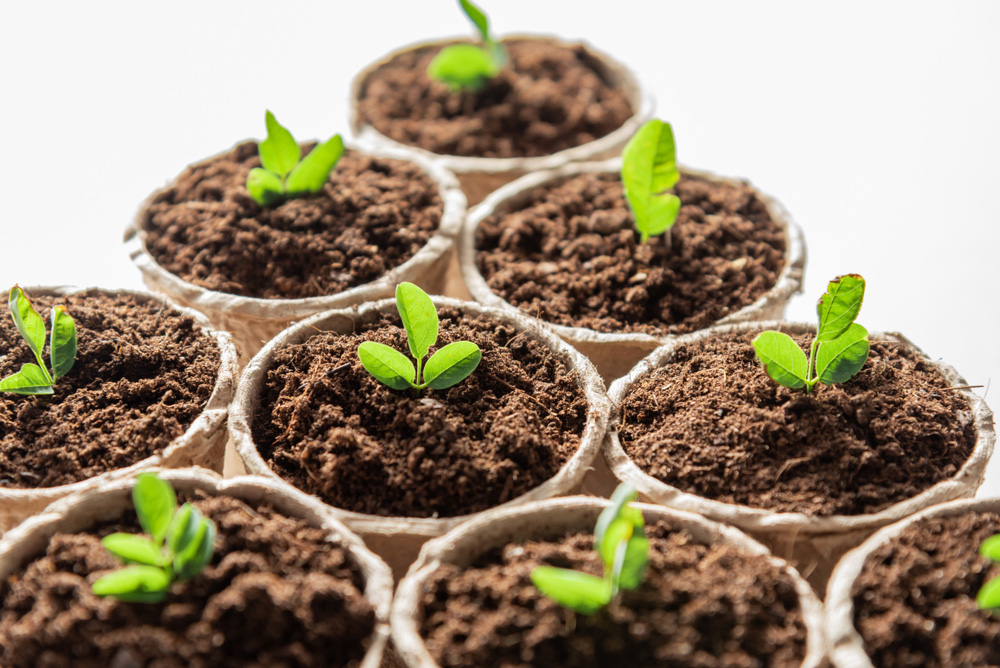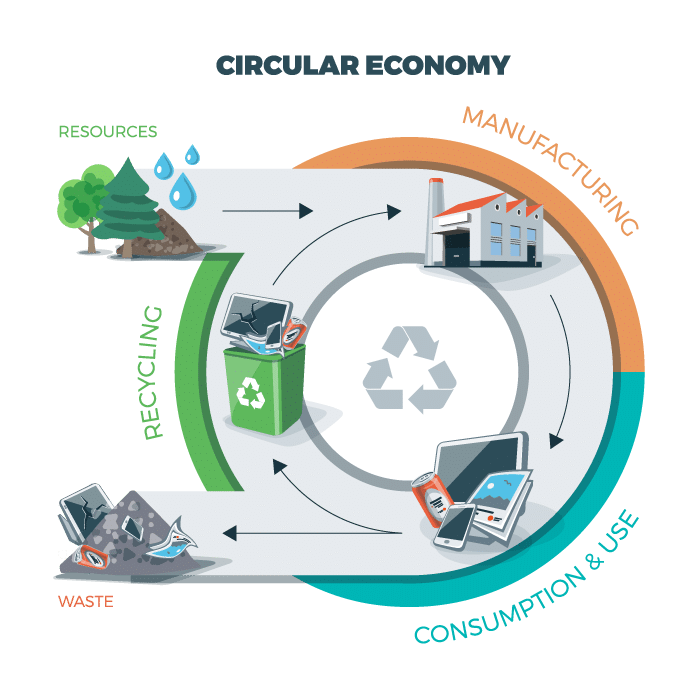A Grower’s Solution to Canada’s Single-Use Plastics Ban

In June of 2019, Canada announced it would ban single-use plastics as early as the year 2021. With this environmental initiative, Canada now joins a growing list of countries who are trying to make an impact by reducing single-use plastics.
Such a monumental decision has spurred countless questions surrounding what is implied by a “single-use” plastic. By definition, single-use plastics are used only once before they are either thrown away or recycled. Straws, water bottles and most food packaging are good examples of single-use plastics.
Perhaps the most staggering statistic about single-use plastics is that only 10-13% of such items are recycled worldwide (we produce some 300 million tons of plastic each year).
Canada’s Prime Minister Justin Trudeau said it’s, “A problem we simply can’t ignore. Plastic waste ends up in our landfills and incinerators, litters our parks and beaches, and pollutes our rivers, lakes, and oceans, entangling and killing turtles, fish, and marine mammals.”
What this ban will create in Canada is what is known as a “circular economy”.
In short, a circular economy strives to keep products, equipment and infrastructure in use for a longer period of time, thus improving the overall productivity and efficiency of the resources.
It’s all about reusing, sharing, repairing, refurbishing, remanufacturing and recycling in order to minimize the use of resource inputs which creates waste, pollution and carbon emissions.
For the horticulture industry, which includes those who grow trees, vegetables, flowers, shrubs, ornamental grasses and more, they’re trying to do their part in order to reduce their plastic footprint.
Fiber solutions are rising to the top of the list.
Fiber planting containers are a viable environmental solution that breathe like a clay pot, but instead of extracting water from the plant based on their composition, these sustainable fiber planting containers help retain water creating an optimal environment for root system development.
Perhaps best of all, the entire sustainable container can be planted directly into the ground. Overall, you’ve limited the waste heading out to landfills, while saving the consumer time and satisfying their need to feel as though they’ve just done something good for the environment.
But be aware that NOT all sustainable fiber planting containers are created equal. Here are some things to look for before making a purchase for your growing facility.
- Are they certified for organic farming by a legitimate governing body? And don’t be afraid to ask to see the official documentation. If they’re unwilling to show you, they probably aren’t.
- How are they produced? Some “environmentally friendly” containers actually expose more harmful toxins into the environment during production than some traditional plastic containers. If they say they’re produced in a water recycling facility thereby eliminating wastewater discharge, that’s a good sign.
- What materials are the containers made out of? There’s a science behind making a sustainable fiber container for strength and durability. While they might all look the same on the outside, some companies add hardening agents (that are not biodegradable) in order to achieve that strength. Look for products that are molded using recycled newspaper, a plant-based binding agent and water.
Sustainable fiber planting containers are the solution for growers and gardeners in a society looking for alternatives to single-use plastics.
Francois Hollande, the President of the French Republic remarked, “The time is past when humankind thought it could selfishly draw on exhaustible resources. We know now that the world is not a commodity.”
HC is also leading the way on plastic sustainability. Learn more about The HC Companies recycling efforts at their manufacturing facilities across North America.
Interested in fiber solutions?
Learn more about the process of creating fiber containers, browse products and request samples of our pots, trays and hanging baskets.
Products & Information

 Find the Perfect Planter
Find the Perfect Planter